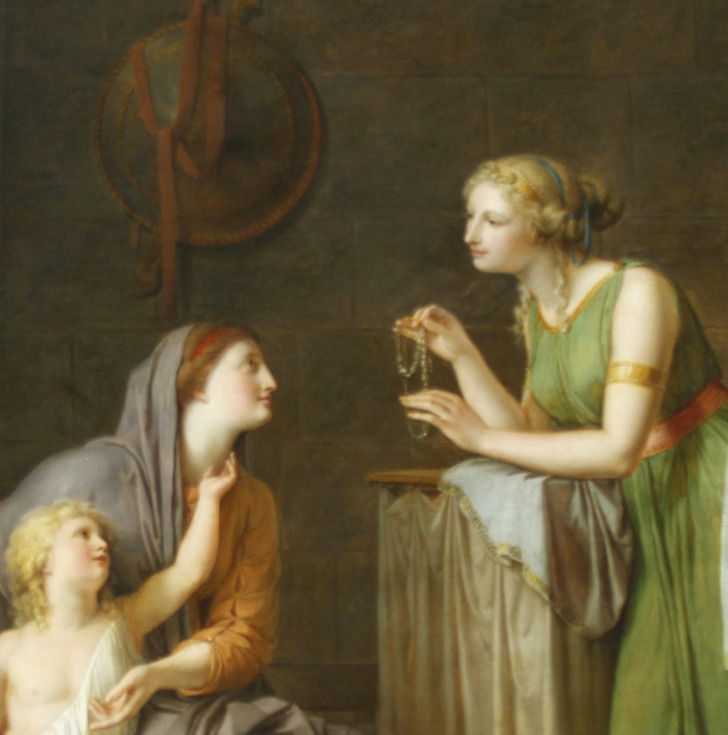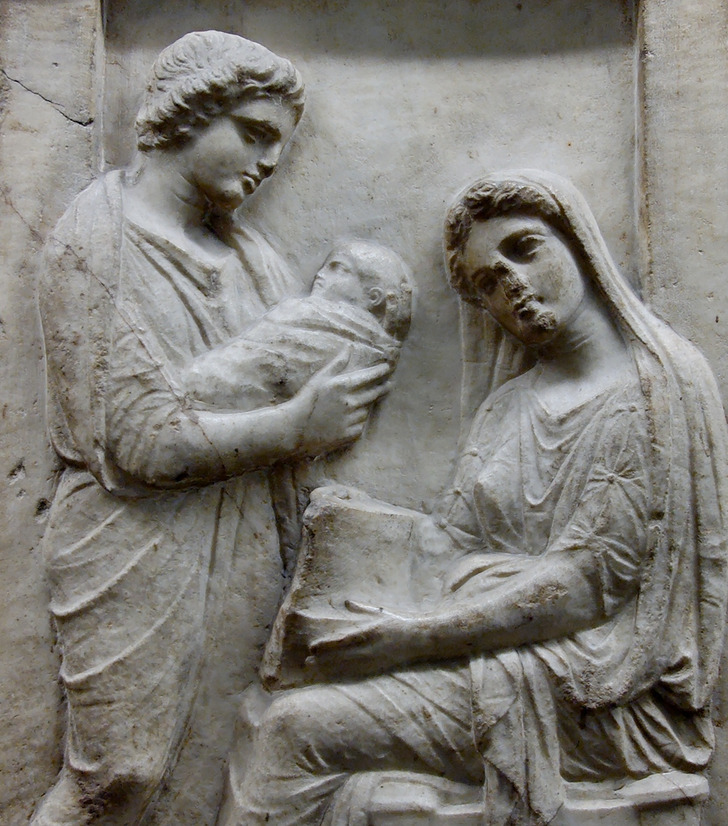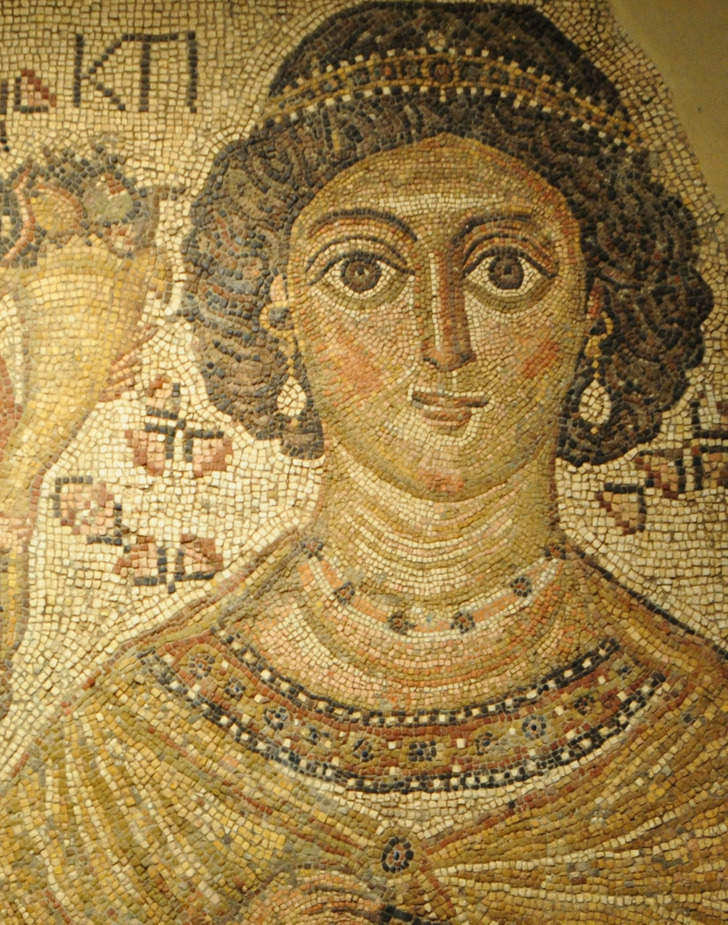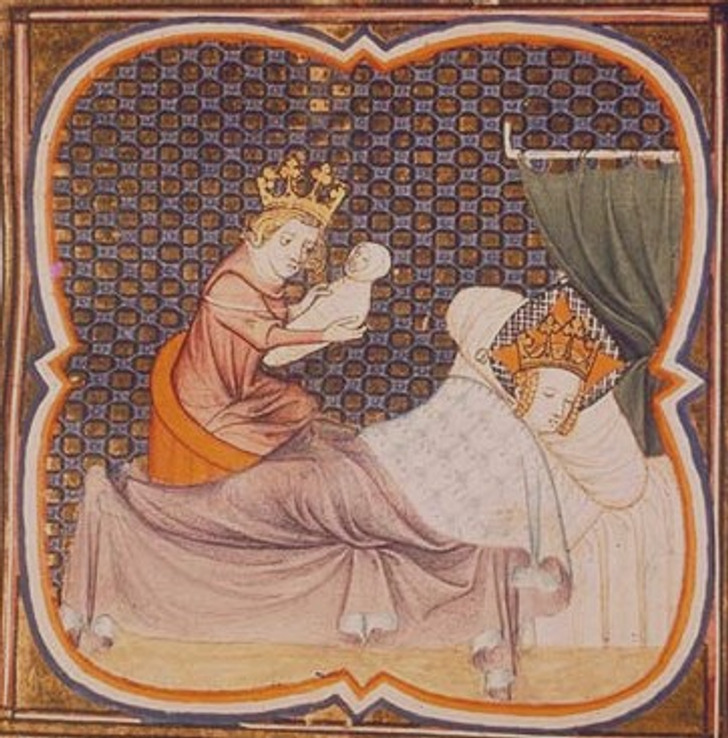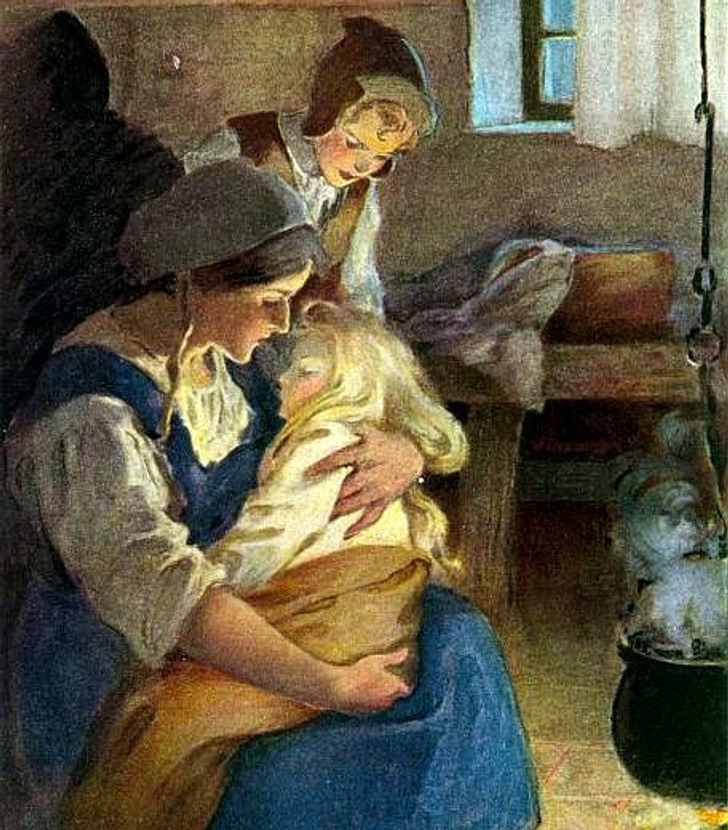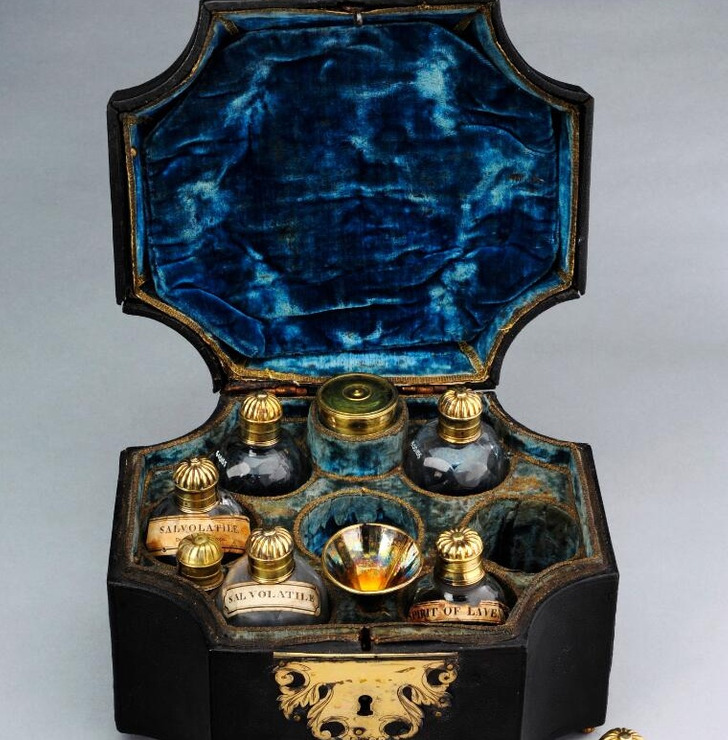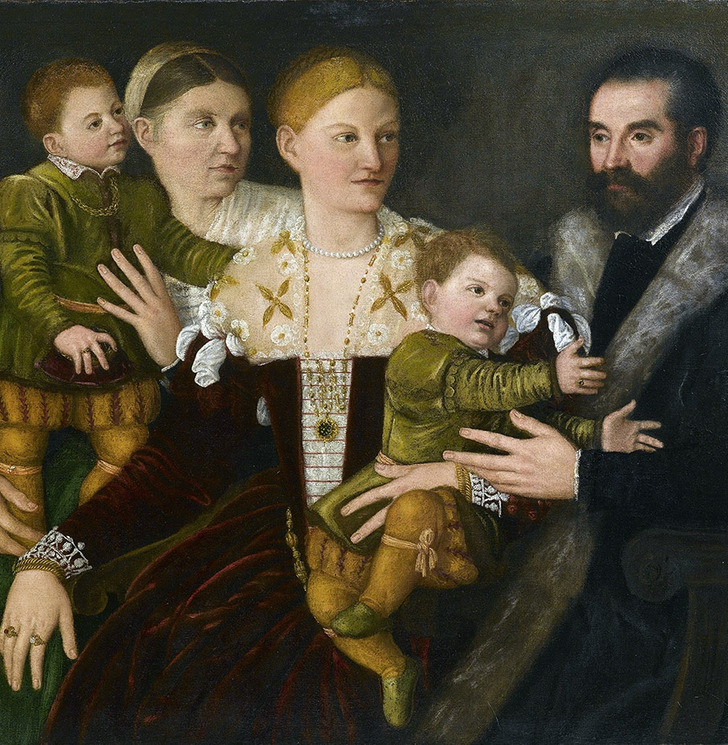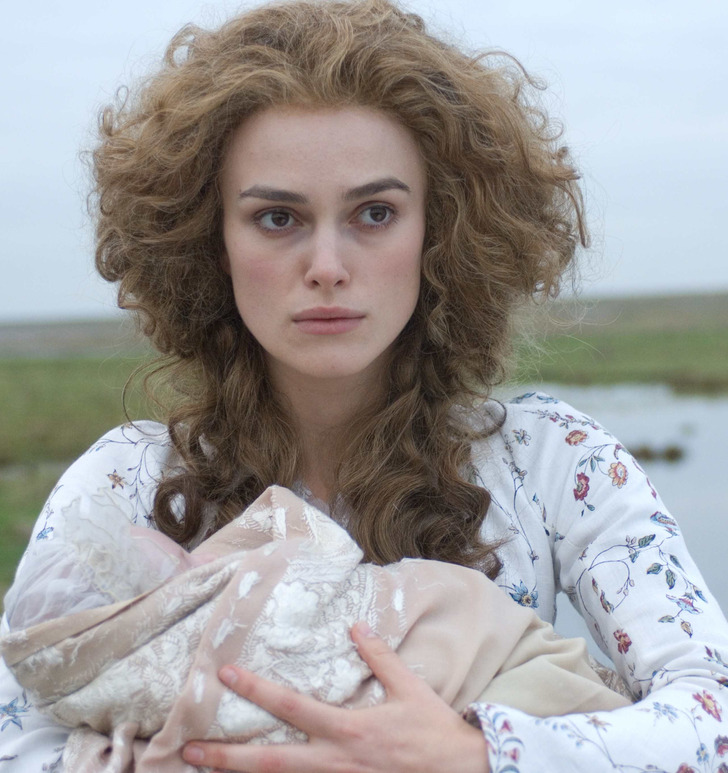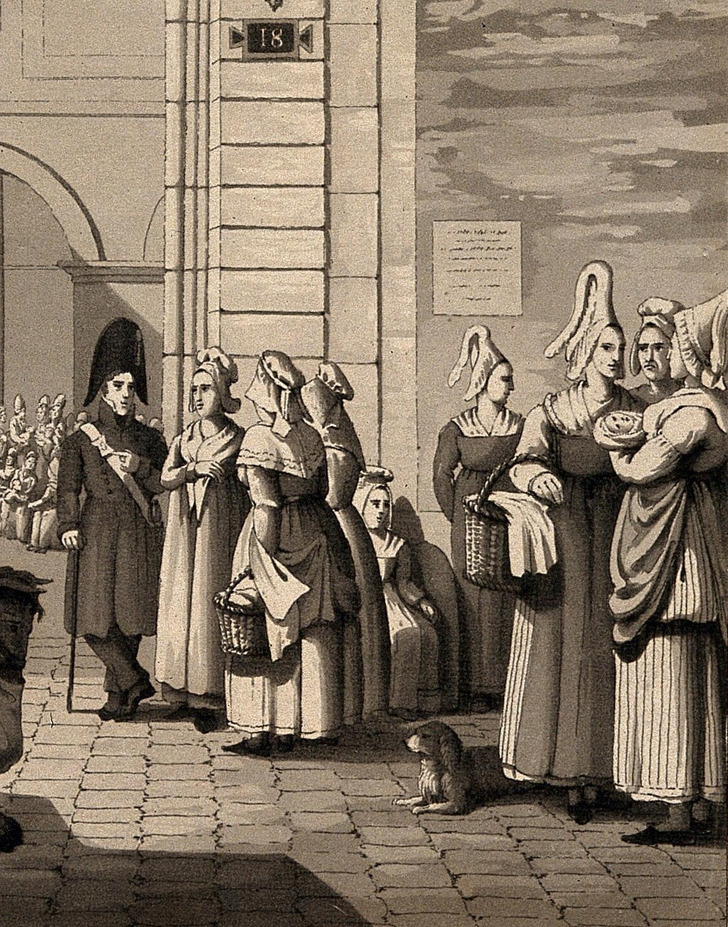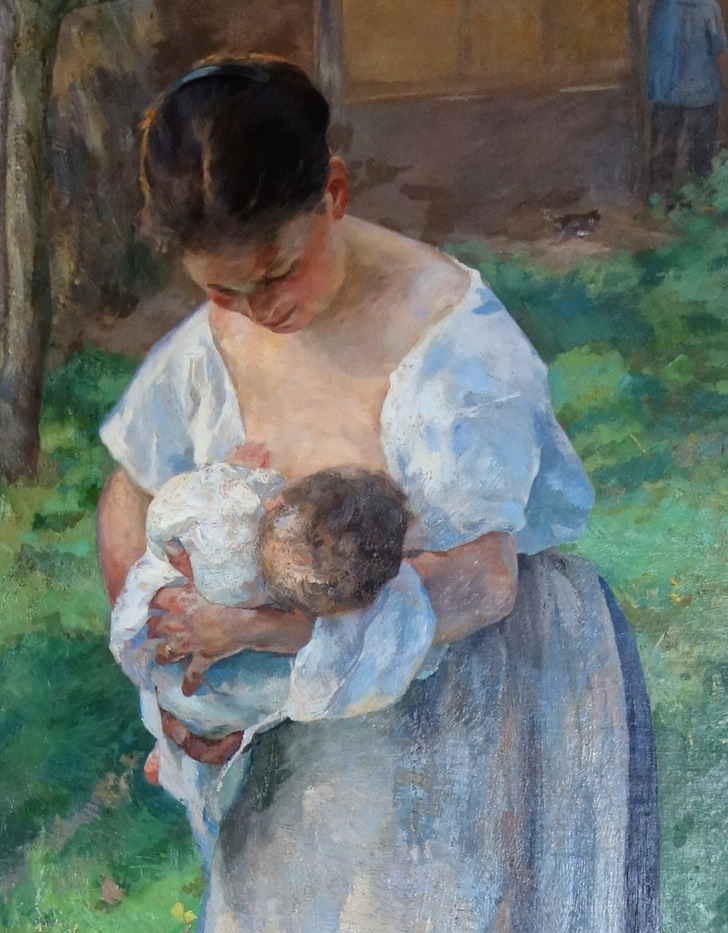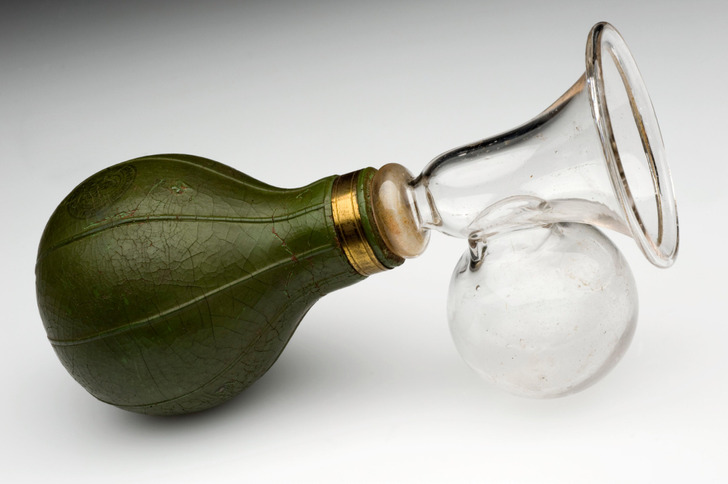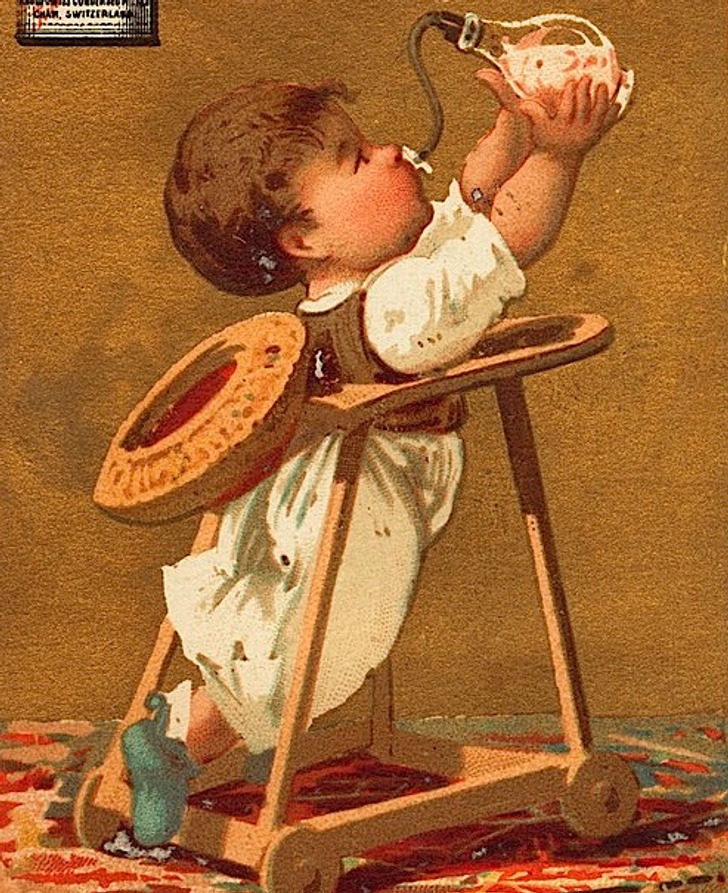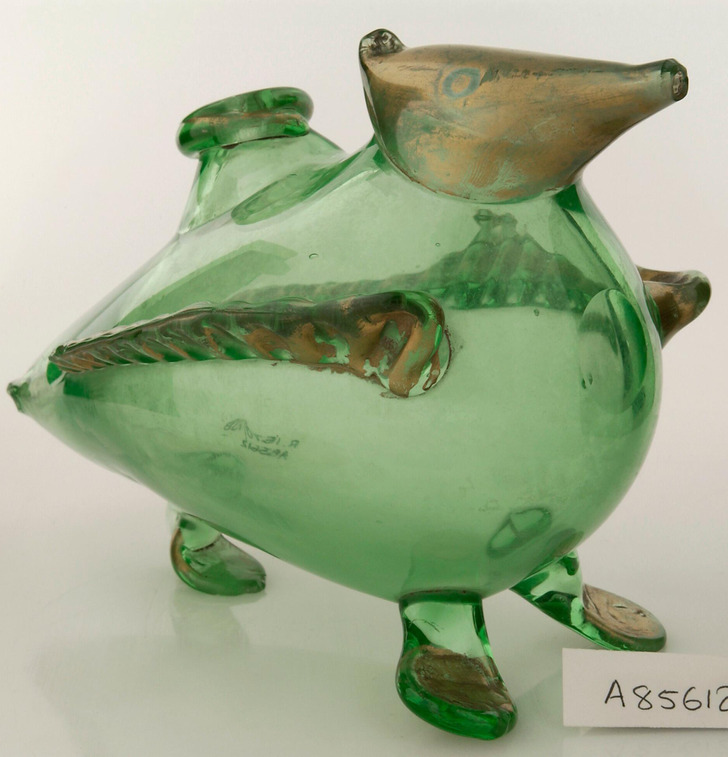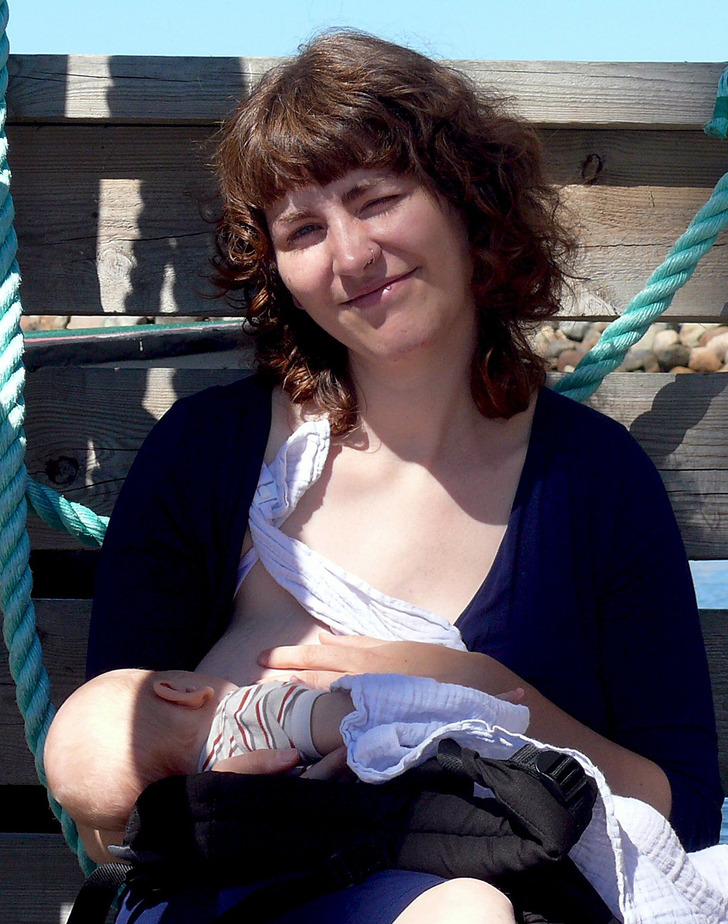12 Facts About Wet Nurses, Who Sacrificed so Much for Other People’s Children
Wet nursing was one of the first occupations in history to generate income for women. For several millennia, girls chose this career to nurture other people’s children and often played a more important role in their lives than the parents themselves. That said, these women rarely feature in historical novels or movies, even though some aspects of their lives were just as fascinating as some of the facts about monarchs and aristocrats.
Here at CHEERY, we’ve decided to find out what kind of women worked as wet nurses in the past, and what requirements would be set for them by their employers. And as a bonus, we found out if wet nursing is extinct nowadays.
In Ancient Egypt, a wet nurse was chosen for the smell of her milk
There have been references to families hiring women to care for their children since ancient Egypt. Due to the local climate, liquid meals were critical for the children’s survival. Therefore, parents tried to provide in the best way they could and took great care in selecting a future nurse.
These ladies were treated with the utmost respect and almost worshiped. Images of wet nurses can often be found in ancient Egyptian documents, and they were usually depicted in the image of the goddess of fertility. Royal wet nurses were even invited to ceremonial feasts.
A wet nurse was chosen for the smell of her milk, as the quality of this was extremely important. If the milk exuded had the aroma of manna, then it was perfect for the child. Bad milk smelled like fish. There were several ways to resolve this problem.
For example, fish bones were heated in oil and then this liquid was rubbed on a woman’s back. The milkmaids were kept on a strict diet so that their milk wouldn’t spoil. Only young and unmarried women were hired for such work, and a girl could only breastfeed one child at a time.
- In Roman times, a wet nurse’s hair color was significant
In Ancient Rome, it was first suggested that the baby can end up inheriting certain traits of the wet nurse’s character. Moreover, in those days it was believed that the children’s appearance was also influenced by the milk of the lady who nursed them.
That is why many specialists recommended employing girls who looked like the baby’s mother or at least were exceptionally beautiful. The nationality of these women was important, too. Egyptian women were famous for their love of children, Thracian women were devoted, while Spartan women were strict and stern.
Greek women were considered to be best suited for the role of wet nurses, as they could teach the baby the language and culture of their country. The wet nurse would often grow to be a lifelong companion for her nursling, becoming a member of an extended family, not through blood, but milk.
The profession of wet nursing was quite official in Ancient Rome. These workers could be found in a particular area of the city, and they assigned their wages for the labor. The ideal nurse was thought to be a quiet lady with brown hair.
In The Byzantine Empire, a wet nurse was chosen for her age
Byzantine doctors believed that children should not be weaned until they were two years old, and in some cases, they should be breastfed even longer. For the first few days, however, the baby was fed honey, as fresh milk was considered useless. The milkmaids were usually employed by noble ladies, who would sometimes choose several women for this purpose.
The criteria were quite strict. A woman born in Egypt or Thrace was considered the ideal worker. She had to be of the same age as the baby’s mother. Previous work experience, neatness, and character qualities were also taken into account.
In the Middle Ages, the father was responsible for hiring a wet nurse
The family’s leader was responsible to find a qualified nurse to take care of his child. The girl’s disposition and morals were of great importance. A woman was strictly forbidden to nurse more than one child at a time, which meant that she would have to give up her baby. To save money on the services of a wet nurse, some used slaves, who they could later sell at any time.
The quality of breast milk was checked by leaving a drop of it on a sword or knife. If it didn’t lose its shape, then the woman was accepted as a wet nurse. She would have been fully responsible for the health of her nursling. If the baby fell ill, she would get the blame. To make sure she would have enough milk, the milkmaid was expected to eat plenty of cumin, lettuce, ginger, and white pepper.
To become a wet nurse, the woman first had to get permission from her husband. For the duration of her “contract”, she lived with her employers, who closely monitored her diet and personal life. The nurse was forbidden to see her husband so she could not perform her marital duties. If she broke this rule, she was fined and severely punished.
In the Middle Ages it was advised against feeding babies cow milk
The main task of a noblewoman was to give her husband as many heirs as possible. It was believed that breastfeeding was bad for conception and pregnancy, and the milk of a pregnant woman could harm the baby.
It was not recommended to feed the baby with cow or goat milk, as it was believed they could take on the characteristics of the animal and pretty much “go wild”. But poor people could not afford to spend money on a wet nurse, so they had to take the risk.
Wet nurses were not exclusive to rich families
Many women took jobs in hospitals and orphanages where they nursed orphans and abandoned babies. Most wet nurses tried to avoid this fate, as it was known that working there carried a risk of catching a disease. But some women didn’t go there of their own free will.
So, a parent could leave their illegitimate child at one of these institutions to cut down on unnecessary expenses. They would also leave the wet nurse there, usually a slave, along with the infant. Because of this, hospitals in some cities were overflowing with abandoned children.
Wet nurses would sell their milk to pharmacies
For many women, breast milk was the only commodity they could offer for sale. However, it was not exclusively used to feed children.
Milk was believed to have many beneficial properties, so it was often bought to be used for the preparation of various medicines. This meant that a woman could sell her milk to doctors and pharmacists. Breast milk was given to sick people to help them sleep, mixed with herbs and eggs to make eye and ear drops, and added to powders to cure ulcers.
During the Middle Ages and The Renaissance, these women played a bigger role in the children’s lives than their mothers.
Many noble children spent more time with their nurse than with their parents. They, therefore, had a stronger bond with her than they did with their mother or father. Royal babies were usually moved into separate chambers after birth and had their own fleet of servants, including a wet nurse. This woman would often remain with them even after weaning, becoming a nanny.
In the 17th Century, some babies wouldn’t see their parents until they were weaned
In the 17th and early 18th centuries, wet nurses started becoming less of a necessity, and more of a fashion trend. Wet nurses were no longer hired only by the noblest families, but by ordinary people, as well. In England, this line of work became prestigious, and many women tried becoming a milkmaid. But far from everyone took a wet nurse into their home. Sometimes the baby was sent to a woman, whose home was quite far from the parents’, staying there until her services were no longer required, anywhere up to three years.
In 18th Century Paris there were hardly any babies
While in England many dreamed of a career in wet nursing, the situation in France was quite different. Rent and grocery prices had risen so much, that even the poor were forced to send their babies out of town to be nursed. As a result, at one point, there were virtually no infants left in Paris. Often, however, the parents were simply unable to pay the wet nurse and found themselves in debt. On top of that, the cheap nurses lived far from the city and the children in their homes were kept in poor conditions.
At one point the demand for wet nurses was so high, while various unpleasant incidents became so frequent, that the government had to start regulating the business. The city council monitored the milkmaids, charged the parents, and provided money for the women who looked after the babies.
In the 19th Century, to check the quality of breast milk, it was left out in the sun
By the beginning of the 19th Century, more and more scientists and medical experts were insisting that a woman should nurse her child, rather than use the services of hired workers. If a lady did decide to hire a wet nurse, she was advised to be careful with her selection. The milkmaids at that time had to undergo medical examinations, as well as show that their milk meets all the requirements.
The perfect milk had a bluish hue, a sweet taste, and was quite thick in consistency. In Italy, the quality of milk was tested by leaving a cloth, soaked in it, in the sun. If the dried spots were yellow, the child would likely have a bubbly personality, if black — they could fall into depression, while moldy spots carried with them a promise of a calm baby.
The advent of baby formula was the beginning of the end to the wet nurses’ profession
In the 19th Century, wet nurses were no longer held in high esteem. Often it was unmarried girls, who had no other choice but to sell milk after the birth of their baby. “Proper” ladies looked at them with suspicion and considered them to be the unsuitable company for children.
In addition, the advent of pasteurized milk, the first patented baby formulas, and glass bottles, which could be sterilized, allowed mothers to forego the services of other women. It was now easier, and cheaper, to feed the baby yourself than to find a decent wet nurse.
Bonus story: in the 21st Century, women volunteer as wet nurses
In the last decade, a new trend has emerged: the moms who have more than enough breast milk are willing to share it. You can get involved through official companies, as well as private sites, or communities.
Having said that, scientists advise caution with such initiatives. As of yet, no detailed research has been conducted to find out how beneficial another woman’s milk is for the baby. Not to mention, it can be a source of harmful microorganisms.
Which fact about wet nurses did you find the most fascinating?


